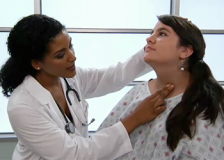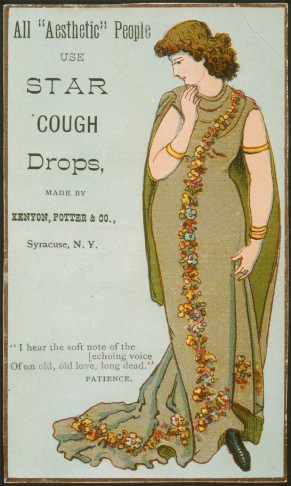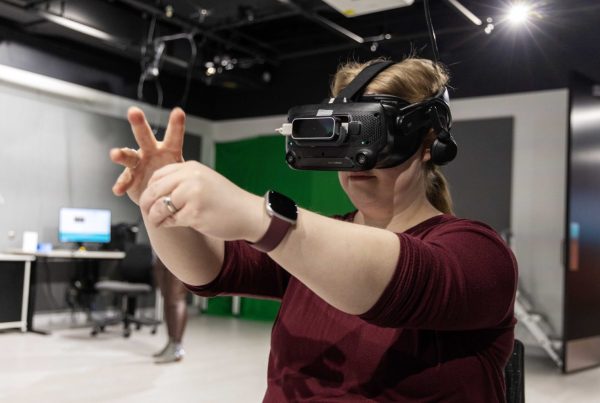While the Health Sciences Libraries (HSL) is home to a large collection of print materials, the collection of books only tells a small part of the story. Online resources bring learning to a new level and expand the reach of resources broadly within the Academic Health Center and out to distance students.
The Health Sciences Libraries are part of the University of Minnesota Libraries and include the Bio-Medical Library, the Wangensteen Historical Library, and the Veterinary Medical Library.
- The HSL’s online 3D anatomy resources, which are being used by occupational and physical therapy students as an alternative to cadaver labs.
- The neuroanatomy resources, which allow students to watch videos and digitally draw cranial nerves and other neuroanatomy structures to reinforce their learning.
Building a state-of-the-art collection
The HSL regularly reviews collections and adds resources to support academic work through a collaborative process. Together, subject librarians and their Academic Health Center colleagues identify the resources needed to support students as they learn and practice the skills taught in the classroom.
Three resources recently acquired by the HSL illustrate the value of this collaboration in developing a collection that meets educational needs.
-
Teaching physical examinations
The HSL provides online access to Bates’ Visual Guide to Physical Examination. This resource provides streaming videos that offer head-to-toe reviews of physical exams for patients of all ages and for specific body systems.
Nursing Librarian, Liz Weinfurter, has been working closely with Nima Salehi, Instructional Designer in the School of Nursing. Salehi requested access to Bates’ Physical Guide as a way to support Doctor of Nursing Practice graduate students. Many of these students are able to continue practicing in their home communities while completing their studies. Online access to Bates’ Physical Guide ensures that they and other Academic Health Center students, whether on-campus or off, get the best information to support their learning.
Obtaining access to Bates’ Physical Guide was a collaborative process that also included the collection expertise provided by the HSL Collection Coordinator, Nicole Theis-Mahon.
“We are so lucky in the School of Nursing to have wonderful advocates in the Libraries, like Nicole and Liz, to facilitate faculty and student access to excellent resources,” says Salehi.
-
Exploring the history of health
The Wangensteen Historical Library of Biology and Medicine, as part of the HSL, provides access to 80,000 rare books that date back to the 15th century. Its outstanding collection historical of materials in anatomy, medical sciences, botany, and zoology is used by scholars, artists, writers, educators, and students.
This fall, the Wangensteen collection grew significantly with addition of Popular Medicine in America 1800-1900. This resource offers a glimpse into the medicine chests and bookshelves of 19th-century America by providing online access to historical advertisements and popular texts of the 1800s.
Popular Medicine in America is a resource that will be of immediate value to students studying the history of medicine who need access to primary resources to support their research and course assignments.
Emily Hagens, Ph.D candidate in the History of Science, Technology, and Medicine, will use Popular Medicine in America as she assists with the Technology and Medicine in Modern America course.
“The resources in Popular Medicine in America, especially the ephemera, are rare and so are difficult to find as physical copies,” she says. “I look forward to sharing the database with our students as they’re working on their research projects.”
-
Best evidence for transfusion medicine
The University of Minnesota is a leader in the field of transfusion and offers residency and fellowships for this clinical speciality. The Blood Banking Laboratory at the University of Minnesota connected with Theis-Mahon to see if a specialized information resource could be acquired to support the Laboratory’s work.
Theis-Mahon was able to secure a subscription to the online Transfusion Evidence Library. This resource provides access to the best evidence related to transfusion medicine and meets a unique, but important, information need within the Academic Health Center.
Lasting impact
As University of Minnesota health sciences students graduate and become health providers in our state, know that their training has been supported by the best available information and that collaboration between the University’s Health Sciences Libraries and the Academic Health Center has made this possible.






